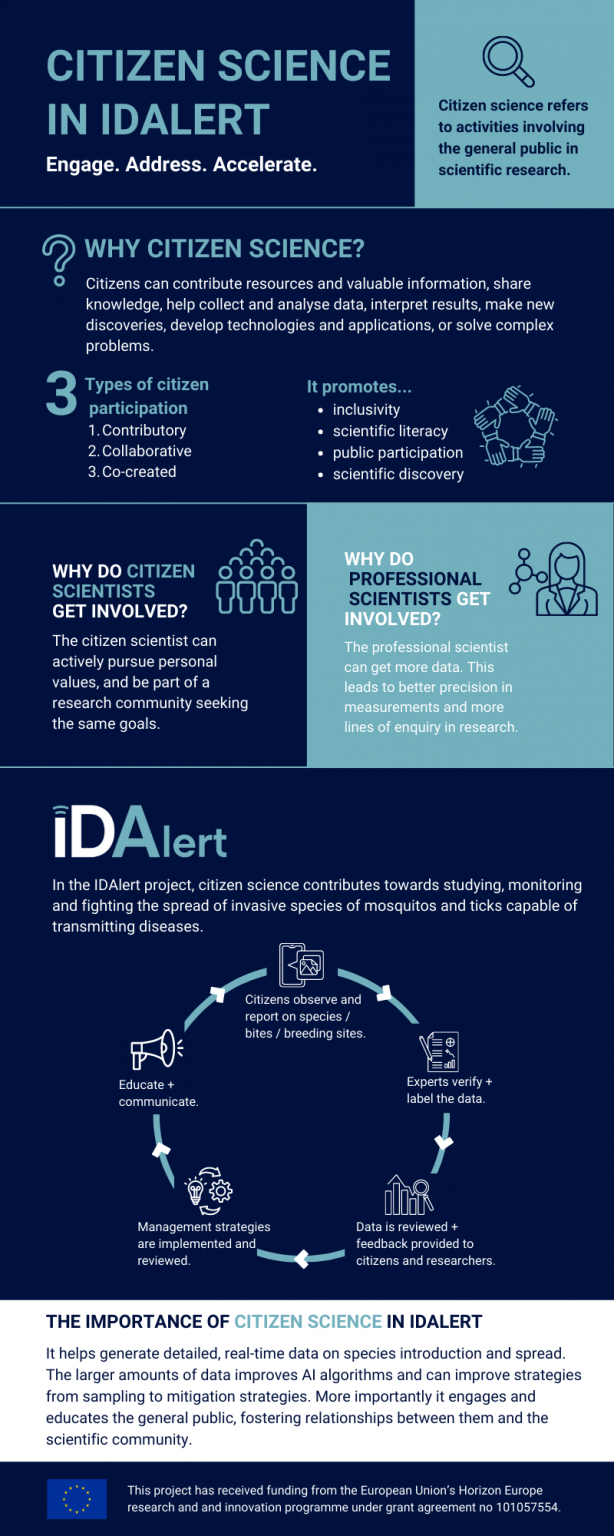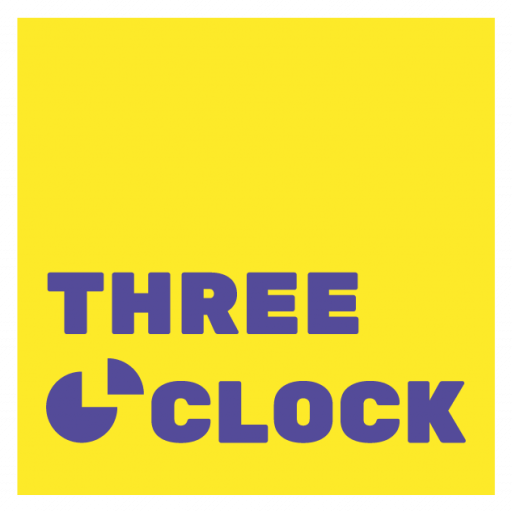You might be hearing the term citizen science being used a lot lately. So, what is it exactly and why are we seeing this rise in its popularity?
Citizen science is a field of research in which members of the general public participate in scientific projects, often in collaboration with professional scientists [1]. This type of research allows for the collection of data on a large scale, as well as increased public engagement in the scientific process. Most of the time, these activities include observing something and communicating these observations to scientists. With emerging technologies and skills (mobile apps, gaming), the public’s ability to play a part in scientific discovery, experiments, data collection and analysis is easier than ever before. This especially holds true for tracking impacts in remote environments and involving indigenous people in protecting the local biodiversity.
Citizen science projects can be used for a variety of purposes, such as monitoring changes in the environment, tracking the spread of invasive species (like in IDAlert) or studying the effects of urbanisation on wildlife. Many citizen science projects use online platforms and mobile apps to make it easy for participants to submit their observations and data.
The different forms of citizen science
Citizen science can take many forms. Examples of citizen science projects include bird watching and reporting, collecting water samples for testing, monitoring air or noise pollution, recording and reporting sightings of rare species, amongst many others.
There are several different forms of citizen science, which can vary in terms of the level of involvement required from the public and the type of data collected. Some examples include:
- Observational citizen science involves members of the public making observations and collecting data on a specific topic, such as bird watching or monitoring air quality.
- Participatory citizen science involves members of the public actively taking part in the design and implementation of a scientific study, as well as collecting and analysing data.
- Collaborative citizen science involves members of the public working directly with professional scientists to collect and analyse data, such as with a community science program.
- Citizen-led science is where the citizens themselves initiate, design, and lead the research projects, with the involvement of scientists, when needed, as advisors or collaborators.
- Online citizen science involves members of the public participating in online projects, such as classifying images, transcribing historical documents, or using online tools to collect data like through surveys.
It’s worth noting that these forms are not mutually exclusive, and many projects can incorporate elements of multiple forms.
Citizen science is most commonly used in environmental research (COMPAIR, MyPond), biology and ecology (Flora Incognito, IPM Popillia), public health (Mosquito Alert, NOSE), and social science and humanities (Utopian stories, MICS) [2]. Members of the public can easily gather data on the distribution of distinct species, spread of disease, effects of climate change on local wildlife and monitor air quality, as examples. Many of these projects address questions from multiple fields and the data can be used across multiple topics.
Recent trends
With the growing recognition of the value of citizen science and its contributions, there are several emerging trends from the practise.
- Increased use of technology: Citizen science projects are increasingly using technology such as online platforms, mobile apps, and sensors to make it easier for members of the public to participate and submit data.
- Greater emphasis on community engagement: Many citizen science projects now place a greater emphasis on engaging and involving the local community in the research process, rather than just using them as data collectors.
- Interdisciplinary approach: More citizen science projects are becoming interdisciplinary, involving researchers from multiple fields, such as environmental science, computer science, and social science, working together to address a common research question.
- Emphasis on data quality: Increasingly, citizen science projects are putting emphasis on the quality and accuracy of the data collected, to ensure that the data can be used for research and decision making.
- Citizen-led science: Citizen-led science, as opposed to researcher led, is becoming a trend, where citizens themselves initiate, design, and lead the research projects, with the involvement of scientists, when needed, as advisors or collaborators[3].
- Online citizen science: With the increase of internet access, online citizen science projects are becoming more popular and accessible, these projects can involve members of the public participating in online projects, such as classifying images or transcribing historical documents.
The Importance of Citizen Science
Citizen science can also serve as a valuable educational tool, as it allows members of the public to learn about science and participate in research in a hands-on way. It allows data collection on a large scale, which is often not possible with traditional scientific research methods, making this a cost-effective method too. This is particularly useful for monitoring changes in the environment, tracking the spread of invasive species, or studying the effects of urbanisation on wildlife. It encourages public engagement and allows for the research questions addressed to be focussed on the needs of the community. More importantly, citizen science democratises access to data and provides participants with the tools to conduct their own research and decision making.
Its impacts are truly felt in scientific research because of the valuable data and insights that are collected. By engaging and educating the public, conservation efforts go a longer way. Increasing interest in scientific research leads to greater interest in career options in these fields, and also allows citizens to advocate for more effective policies. It also encourages innovation in data collection and analysis [4].
Who can participate?
Citizen science is open to anyone who is interested in participating, regardless of their background or education level. Some citizen science projects may have specific requirements or qualifications, but generally, as long as the necessary tools and support materials are provided, anyone can participate.
There are instances of projects specially designed for specific age groups, such as children, teenagers, or adults, or for specific communities or groups, such as low-income communities, Indigenous communities, or people with disabilities. These are normally dictated by the type of data required and the project goals.
Discover current citizen science projects
There are many citizen science projects currently active across a wide range of research fields. Some examples include:
- Mosquito Alert: Tracks, investigates and helps control invasive species of mosquitos.
- YouCount: Aims to increase youth social inclusion in Europe through citizen social science.
- On Drought: Investigates the current state of the agricultural landscape.
- FOSTER: Aims to better understand Europe’s food systems to ensure more equitable access.
These are just a few examples of the many citizen science projects. You can find many citizen science projects by searching online on citizen science platforms or by visiting the websites of research institutions and organisations.
Three o’clock, IDAlert and citizen science
At Three o’clock, we’re partners in a wide range of projects and witness to a variety of methodologies that come into play in achieving project goals. In the IDAlert project, citizen science is a key tool in studying, monitoring, and fighting the spread of invasive species of mosquitos and ticks capable of transmitting diseases. Citizen scientists notify experts on mosquito bites and breeding grounds, report on mosquito sightings by taking photos, and review their observations, all via the app Mosquito Alert. You can understand the process better in our infographic below.
Citizen science makes a significant contribution to the IDAlert project by allowing for the collection of data on a large scale, which is often not possible with traditional scientific research methods. This data is also used across several other projects informing modelling tools and early warning systems. By involving the local community in the research process, the project can ensure that the research is relevant and addresses the needs of the community.
If this has piqued your interest, we highly recommend getting involved in citizen science projects that interest you. The more we understand of the world around us, the better we can tackle the challenges posed by climate change.






